
Residential Concrete Foundations Bartley Corp
Here's how to design a building foundation: Decide what type of foundation you need. Design your foundation layout. Decide the location of columns & foundation walls. Design drainage & waterproofing. Decide depth of foundation & calculate foundation area. Determine variation in vertical stresses. Prepare your foundation area.
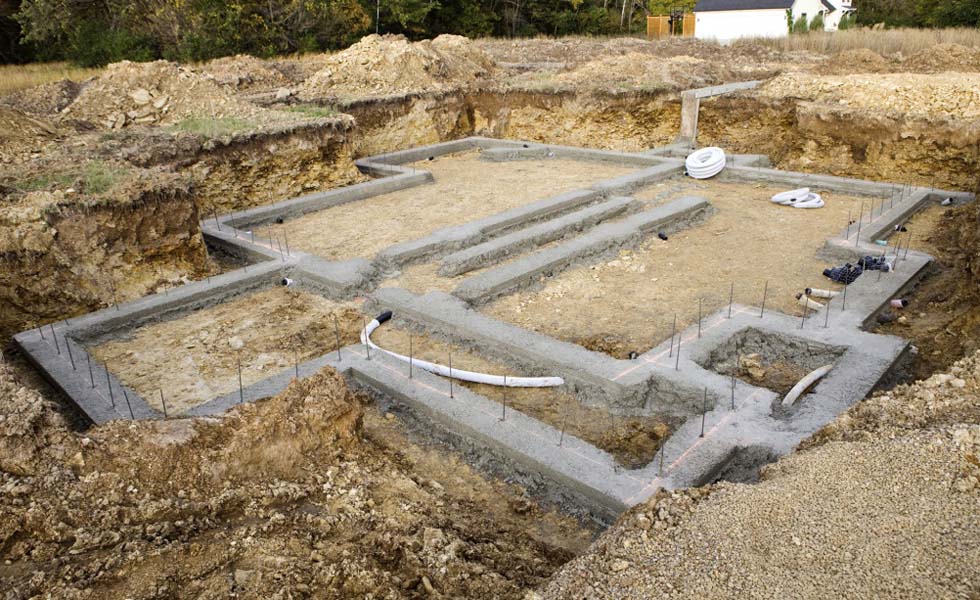
How Much Will my Foundations Cost? Homebuilding
Whether you're planning to build your own home or you want to know more about the house you live in now, getting familiar with foundation design is the perfect place to start. Three types of foundations are commonly used in modern residential construction: Slab Crawl space Basement

Common Types Of Home Foundations Southdown Homes
Three common house foundation types include basements (30 percent ), crawlspaces ( 15 percent ), and concrete slabs ( 54 percent ). Builders can construct basements and crawl spaces with several types of materials: wood, stone, poured concrete, concrete masonry units (CMU), concrete panels, and insulated concrete forms (ICFs). 1.
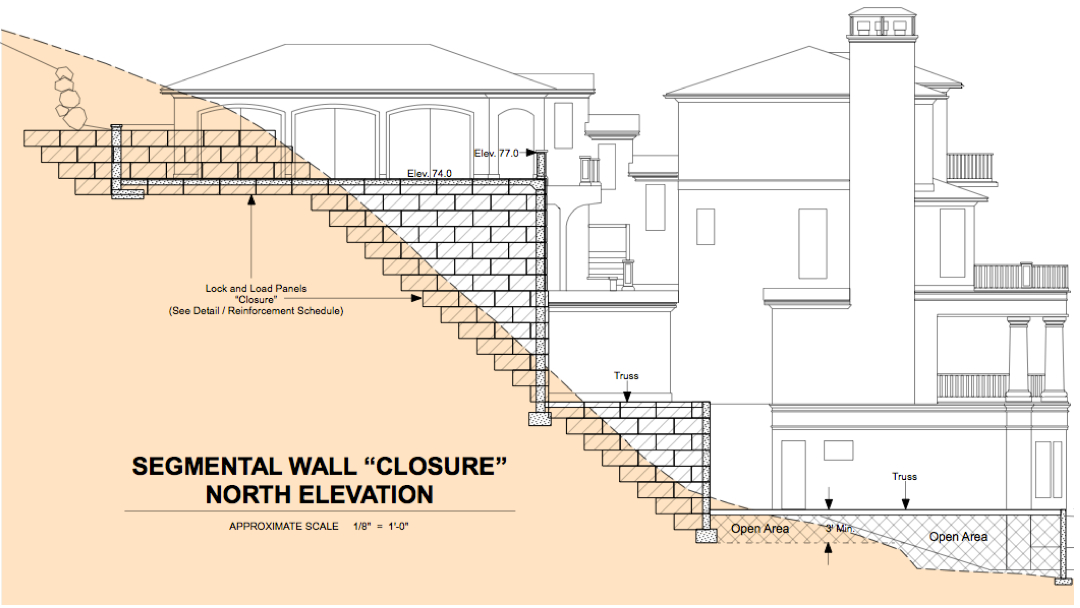
Utilizing Geofoam in Foundation Design for Steep Sloped Lots Insulfoam
Definition of Building Foundation. Foundations transfer forces from structural systems to some external source, typically the ground. The ground has essentially infinite stability, which makes it a great place to transfer the loads of your structure. In a structural model, foundations are often represented as Supports, or boundary conditions.

Foundation Plans Residential Design Inc
7. Insulated Concrete Form (ICF) When it comes to foundation materials, poured concrete is the most common, but home builders may also choose to use insulated concrete forms (ICF) to create the foundation. An ICF foundation is made up of insulated forms that contain poured concrete.
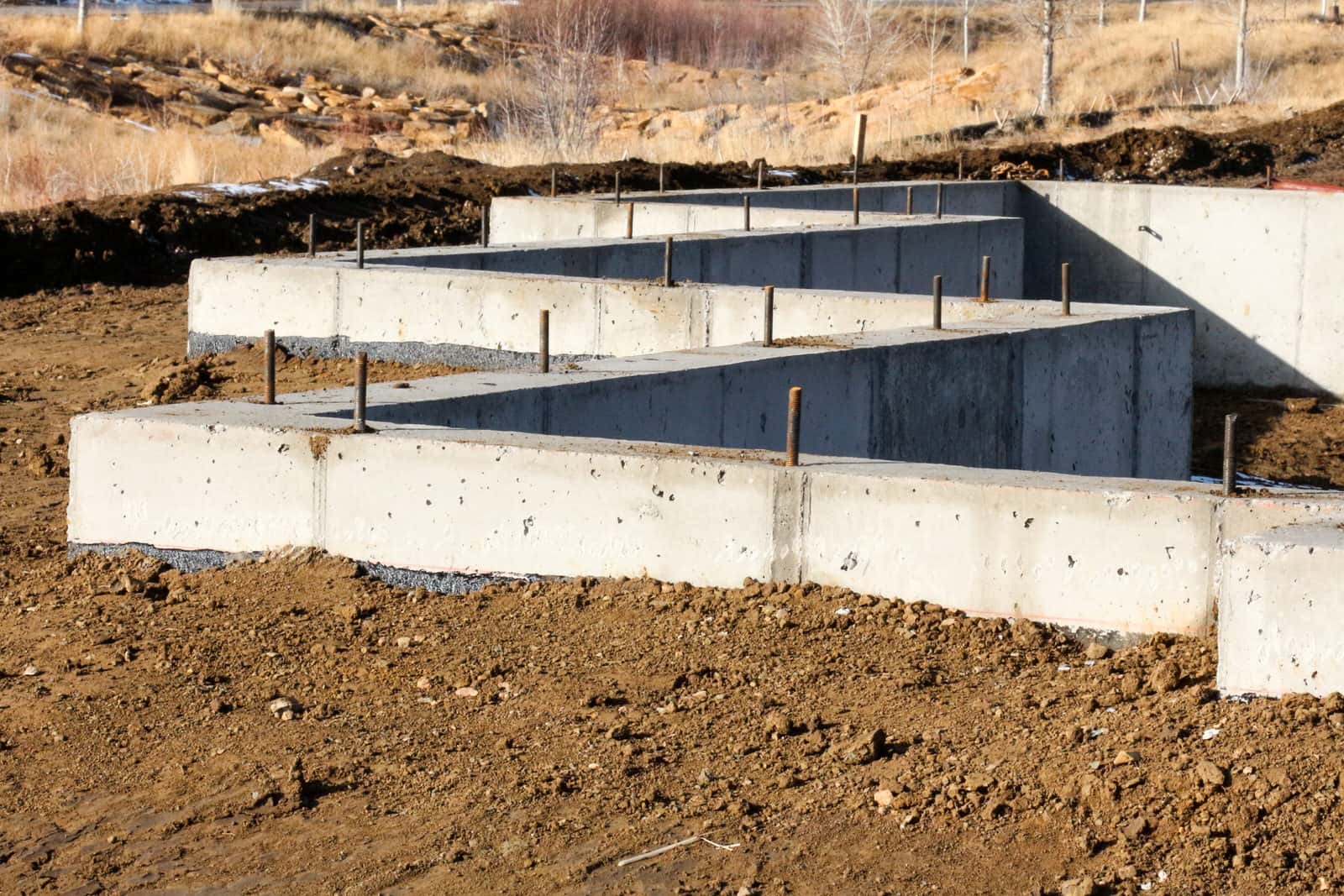
Choosing Your New Mobile Home Foundation Preferred Homes
Footings are mainly built to provide a level base on which to build your home. Crawlspaces are mostly chosen in freezing the environment because the space between the ground and the first floor acts as a barrier that protects from flooding. This is one of the best foundations for a house. 5. Pile Foundation.

Structural Standpoint What Makes A Home Foundation Sound? RISMedia\'s Housecall
Cost To Build A House And Building Basics | Expert Advice | What You Need To Know Learn about the different types of foundation plans. By Boyce Thompson Every house needs a strong foundation. But the ideal foundation plans for your home differs by soil type, lot slope, house style, and climate.

Foundation to Building is what Roots is to Tree. Read concepts of Building Foundation.
Cold joints are not structural sound in a foundation wall. 6. Level the Concrete. Level off the concrete until even with the block top, then wet set anchor bolts into the concrete block top. The mudsills and top plates need to be installed and levelled, let concrete set before tightening anchor bolts. 7.
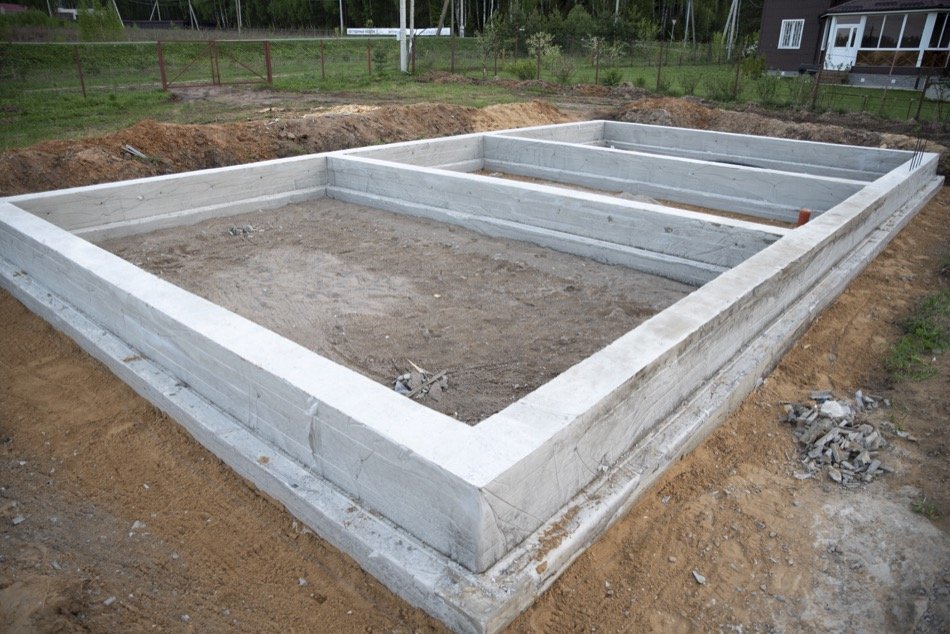
The 3 Most Common Home Foundation Types
Home Foundation Types and How to Choose One By October 25, 2023 How to Choose 1. Crawl Space 2. Poured Concrete Slab 3. Full Basement 4. Slab-on-Grade 5. Insulated Concrete Foundation (ICF).
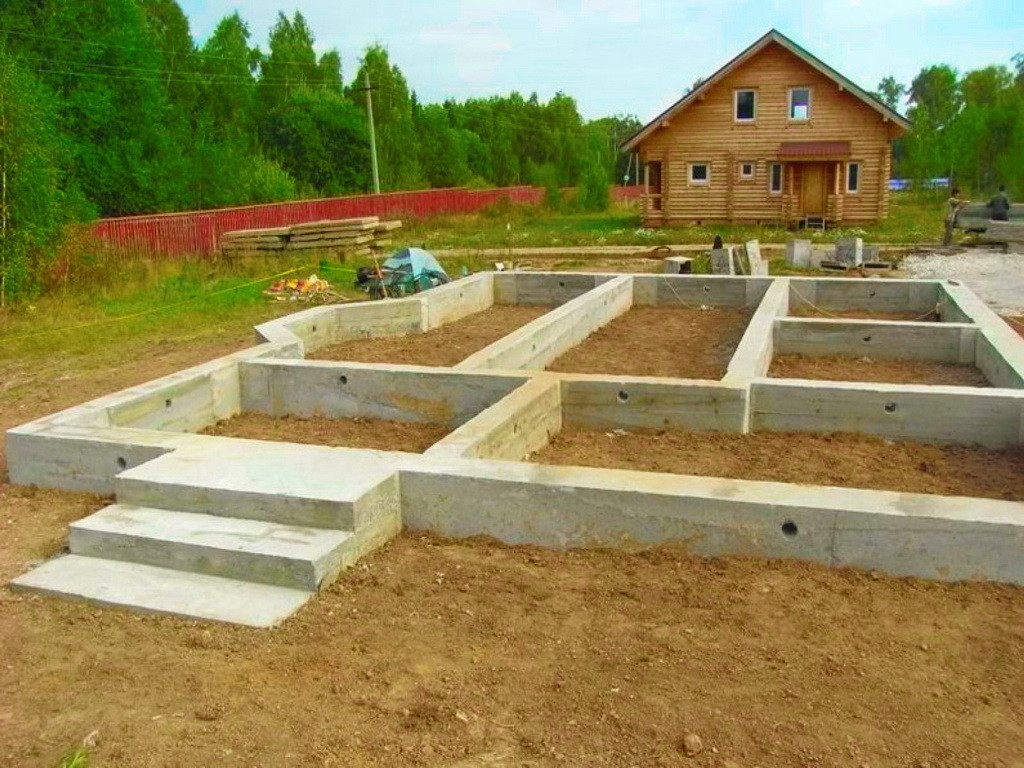
BEST Strip foundation important features will save your home
Here is a technical guide & design guide for construction of a slab on grade foundation. Ecohome Updated: July 28, 2021 Emmanuel Cosgrove Save Like Comment (52) Print Slab-On-Grade Construction - Technical Guide
/Footing-foundation-GettyImages-600579701-58a47c9b5f9b58819c9c9ff6.jpg)
Guide to Foundation Footings Building Code
Masonry design procedures follow the allowable stress design method of ACI-530. Wood design procedures are used to design the connections between the foundation system and the structure above and follow the allowable stress design method for wood construction. In addition, the engineer is referred to the applicable design standards for symbol

IMG_1327 House foundation, Pier and beam foundation, A frame house
15 Different Types of House Foundations That Lay the Groundwork for Solid Construction By Jon Dykstra Home Exteriors, Home Stratosphere News Table of Contents Show Quicklist: Types of House Foundations Full Basement Daylight Basement Crawlspace Concrete Slab Wood Foundation Poured Concrete Precast Concrete Panel Concrete Masonry Units Stone Wood

Building Foundation Types Concrete Foundation
The weight of an average house: 50 tons. The weight of an average foundation: 7 ½ tons. Percentage of total project cost: 8-15%. Foundations by material: 81% poured, 16% block, 3% other. Foundations by region: Northeast 89% full basement; Midwest 75% full basement; South 66% slab; West 63% slab.
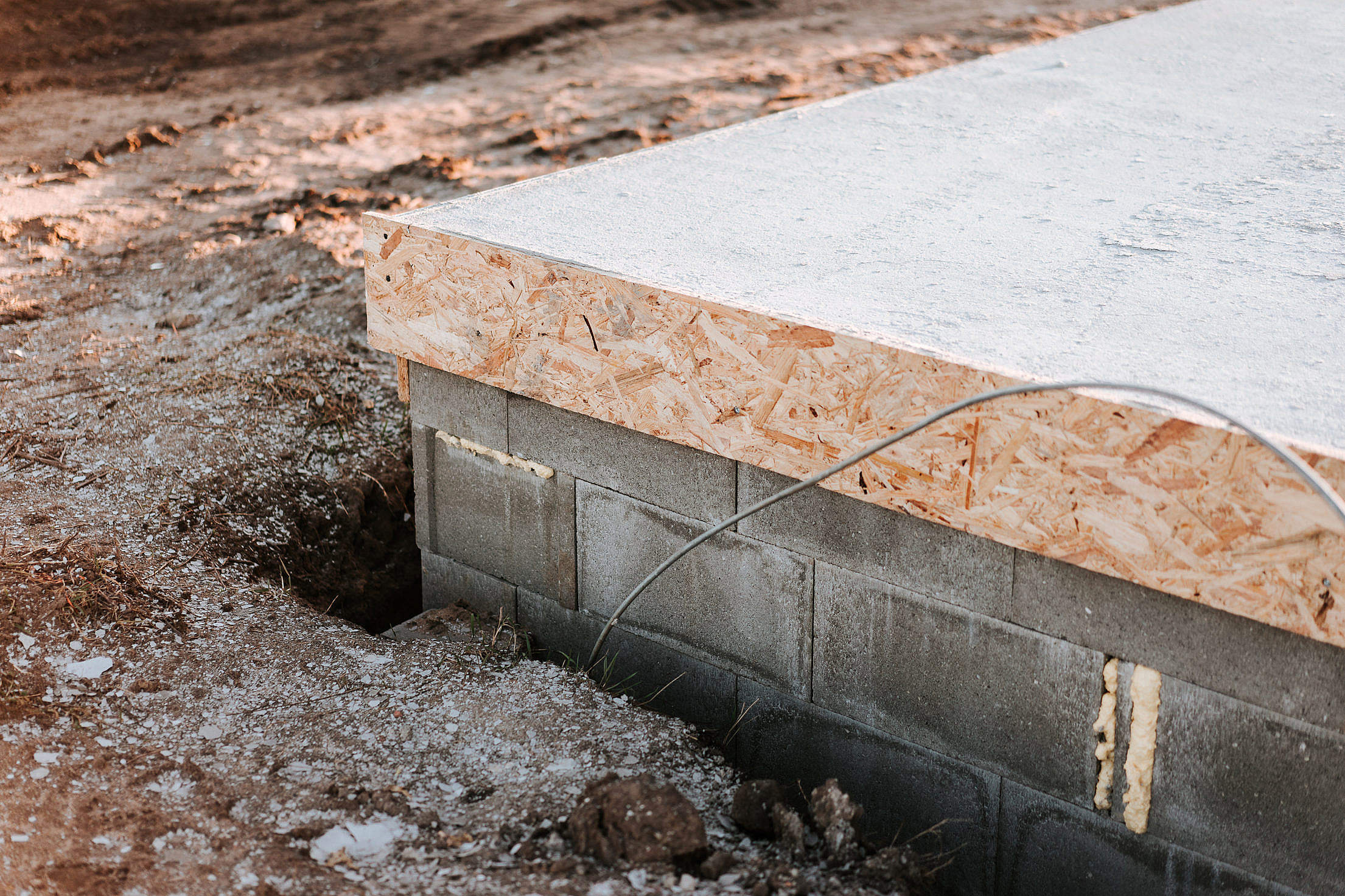
Concrete SlabOnGrade House Foundations Free Stock Photo picjumbo
The home foundation type used is based on house design, geographical location and climate, soil and moisture conditions, and the project budget. Fred de Noyelle / Getty Images
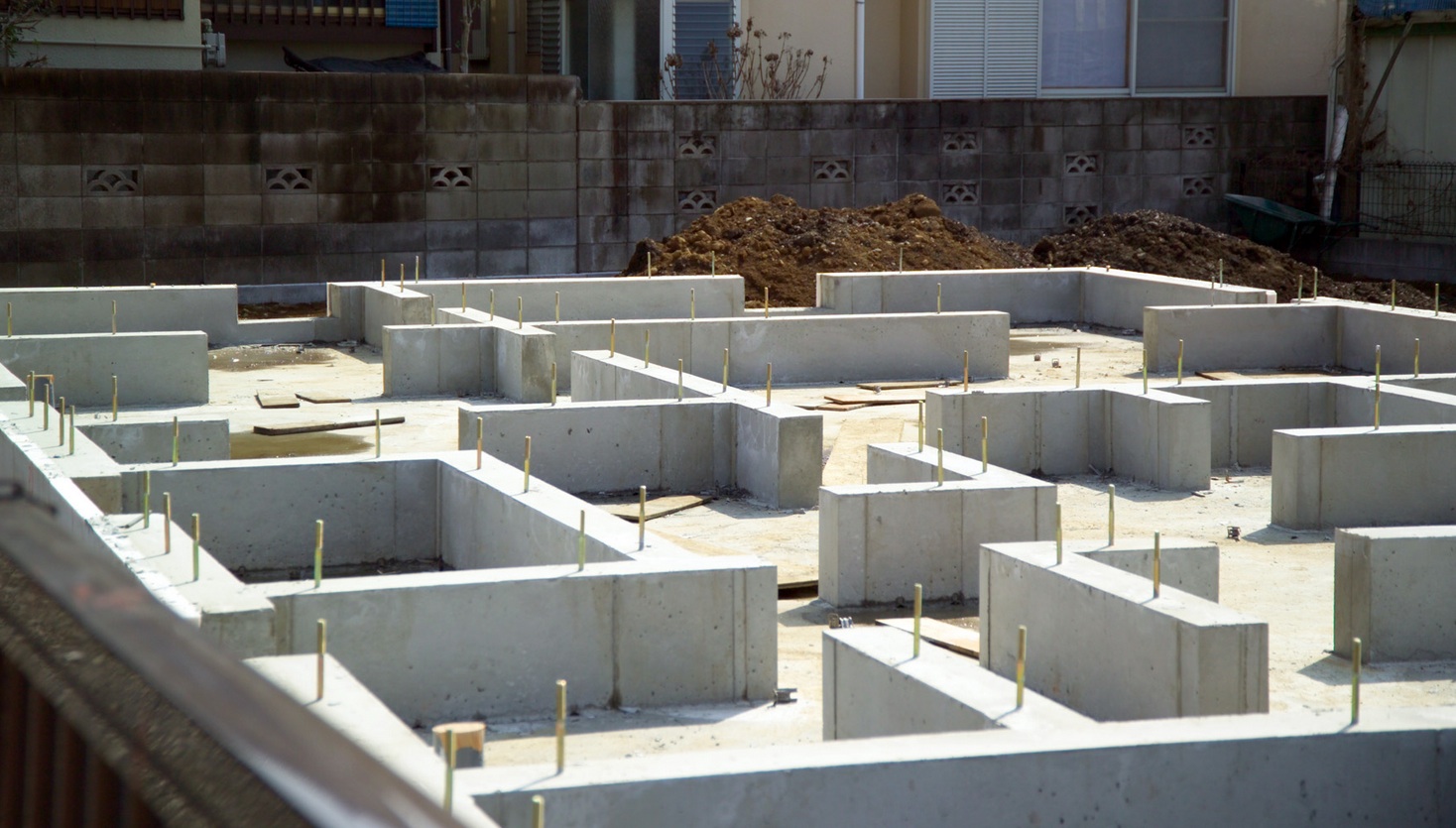
11.12 Building a strong foundation of course design Teaching in a Digital Age
When renovating or building a new home in the US or Canada with a Basement or a Slab on Grade, in the EcoHome Foundation & Basement guide section you will find the basics on foundation, basement & slab design, under slab insulation, site selection & preparation, excavation, drainage & radon gas prevention and mitigation. 1 - 11 of 17 Guides.
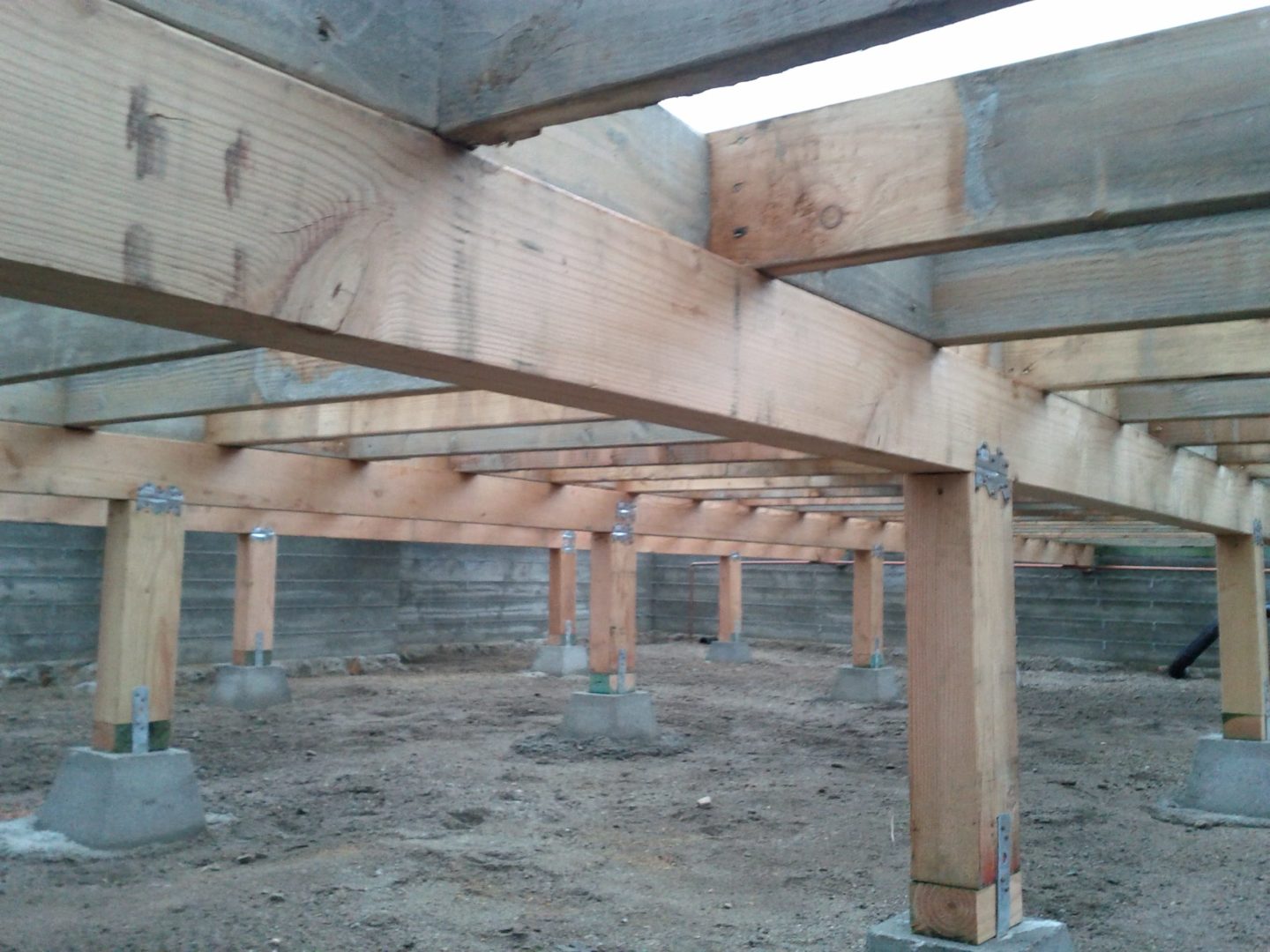
Guide to House Foundation Types Madison Homebuilders
The cost of a foundation depends on many factors including the size of your home and the type of foundation you choose. As a general guide, expect to pay around $5 per square foot for a slab foundation, $8 per square foot for a crawl space, and $20 per square foot for a basement, according to Home Advisor.